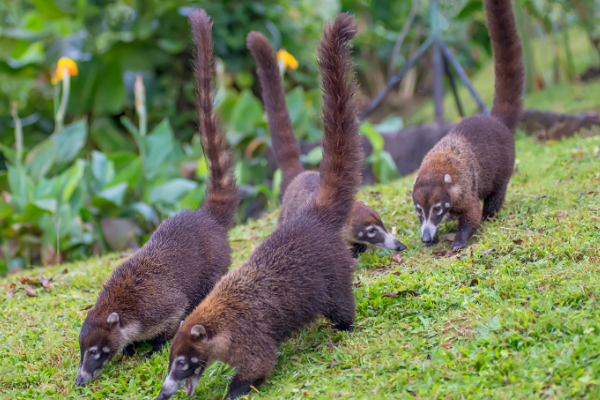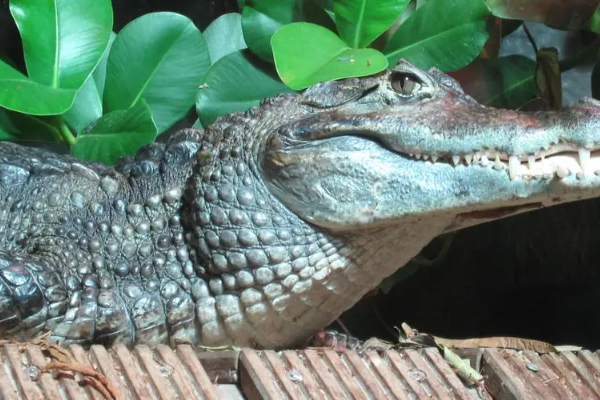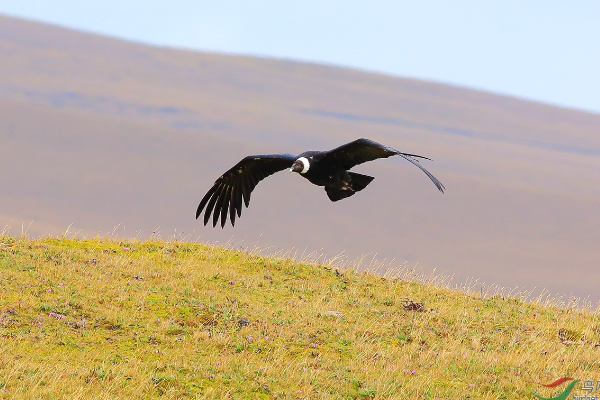South America is the fourth largest continent in the world in terms of land area. There are many kinds of animals here. There are many animals in the wild habitats of South America, and they are distributed in different regions of South America. has searched various major websites and compiled a ranking of the top ten representative animals in South America to tell you which are the top ten representative animals in South America.

The coati is 127 cm long and has a red or yellowish brown body. It is an omnivorous animal that lives in forests and bushes. It forages during the day and rests at night. It begins mating in the fall. Males only approach females during the breeding season and communicate through grunting or breathing. Its distribution area is relatively wide.

Tapirs generally have black or gray fur, thick tails, hoofed toes and white-tipped ears. They are endangered species and nocturnal animals. The lifespan of tapirs is about 20 to 30 years. Their breeding season is not fixed, and they spend most of their time underwater. They are about 1.8 meters long and weigh about 150 kilograms.

Caiman is a type of small to medium-sized crocodile. The body length of an adult caiman is between 1.5 and 2 meters. Caiman is one of the top predators in the Amazon River. It lives on the edge of rivers and waters and feeds on invertebrates. Caimans change according to food, season, and habitat. Baby caimans make sounds when they hatch. The hatching time is from October to December.

Llamas live in the wild at high altitudes. They are about 5.9 feet tall and can weigh up to 200 kilograms. They are smart, fast learners, curious, and sociable. They were first discovered in the wild in the Andes and many parts of the Americas. Llamas are an even-toed ungulate animal that grows in the highland areas of the Andes.

The Andean condor is mainly distributed in open grasslands at an altitude of about 5,000 meters. Its body length is between 100-130 cm. The male condor weighs 11-15 kg and the female condor weighs 8-11 kg. It mainly feeds on carrion, especially the carcasses of cattle and sheep. Its habitat is in Venezuela, Peru and Chile. It is said to be the largest flying bird in South America.

Piranha is an omnivorous fish that mainly lives in freshwater rivers in South America. It can grow to 26 cm to 43 cm in length. It has sharp teeth and a well-developed jaw with thorns. It is known for its ferocity. Although it is small in size, it has a very ferocious and brutal temperament. It has a well-developed hearing and a high IQ. When hunting, it will first attack the prey's tail and eyes. It can live in groups or solitary.

The southern right dolphin has a wide back area, no dorsal fin, dark gray or black skin, and an arched mouth above the eye. It inhabits temperate to subantarctic waters in the Southern Hemisphere. It is highly gregarious, with an average of about 210 individuals. When breeding, it returns to Brazil, Chile, Argentina and other southern regions. The southern right dolphin is slightly larger than the northern right dolphin.

Capybara is the largest rodent in the world. It is found in the savannahs and dense forests of South America. The fur of this animal is reddish-brown. They have a unique smell and communicate through grunts and whistles. There is a lot of fat in their body. Capybara eats aquatic plants, reeds, bark, etc.

Anaconda is one of the largest snakes in existence. It lives in rivers and preys on turtles, mammals and small reptiles. Anaconda hibernates and is a nocturnal reptile. It is green with black spots covering its surface and has an average body length of 3 to 4.5 meters.

The Galapagos tortoise is the world's most beloved tortoise. An adult Galapagos tortoise is 1.5 meters long and weighs an average of 175 kilograms. It is considered to be the rarest animal in the world. It mainly eats cacti, grass, leaves, moss and berries. It forages during the day and walks at a speed of 0.3 kilometers per hour. It gets one to two hours of sun a day.
animal tags: South American Animals
We created this article in conjunction with AI technology, then made sure it was fact-checked and edited by a Animals Top editor.